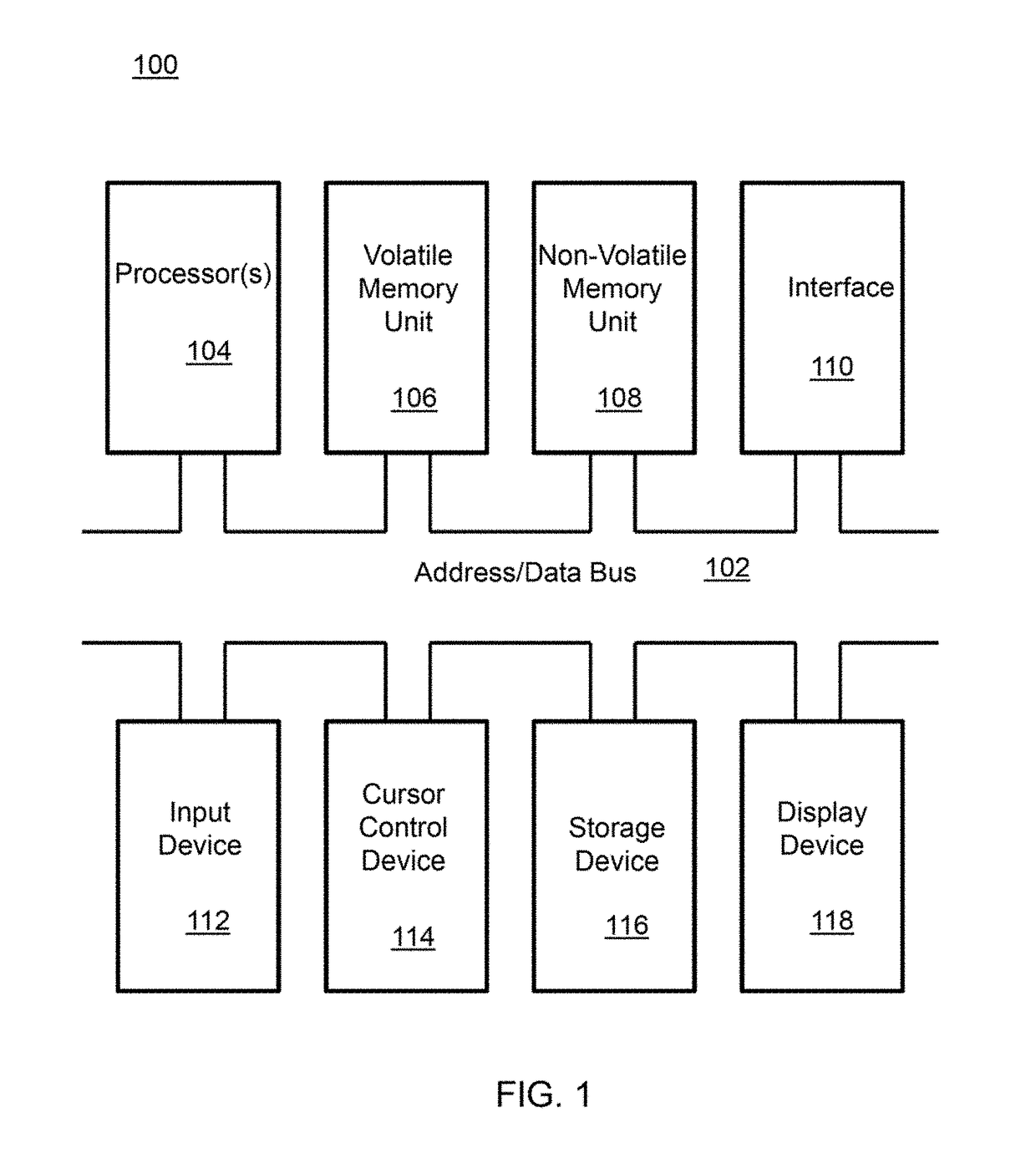System and method for achieving fast and reliable time-to-contact estimation using vision and range sensor data for autonomous navigation
a technology of vision and range sensor and time-to-contact estimation, which is applied in the direction of navigation instruments, instruments, image enhancement, etc., can solve the problems of heavy/bulky, difficult to detect obstacles and estimate time-to-contact or time-to-collision (ttc) values, and each camera frame by itself cannot provide scene depth data
- Summary
- Abstract
- Description
- Claims
- Application Information
AI Technical Summary
Benefits of technology
Problems solved by technology
Method used
Image
Examples
Embodiment Construction
[0033]The present invention relates to a system for detecting obstacles reliably with their ranges by a combination of two-dimensional and three-dimensional sensing and, more specifically, to such a system used to generate an accurate time-to-contact map for purposes of autonomous navigation. The following description is presented to enable one of ordinary skill in the art to make and use the invention and to incorporate it in the context of particular applications. Various modifications, as well as a variety of uses in different applications will be readily apparent to those skilled in the art, and the general principles defined herein may be applied to a wide range of aspects. Thus, the present invention is not intended to be limited to the aspects presented, but is to be accorded the widest scope consistent with the principles and novel features disclosed herein.
[0034]In the following detailed description, numerous specific details are set forth in order to provide a more thoroug...
PUM
 Login to View More
Login to View More Abstract
Description
Claims
Application Information
 Login to View More
Login to View More - R&D
- Intellectual Property
- Life Sciences
- Materials
- Tech Scout
- Unparalleled Data Quality
- Higher Quality Content
- 60% Fewer Hallucinations
Browse by: Latest US Patents, China's latest patents, Technical Efficacy Thesaurus, Application Domain, Technology Topic, Popular Technical Reports.
© 2025 PatSnap. All rights reserved.Legal|Privacy policy|Modern Slavery Act Transparency Statement|Sitemap|About US| Contact US: help@patsnap.com



